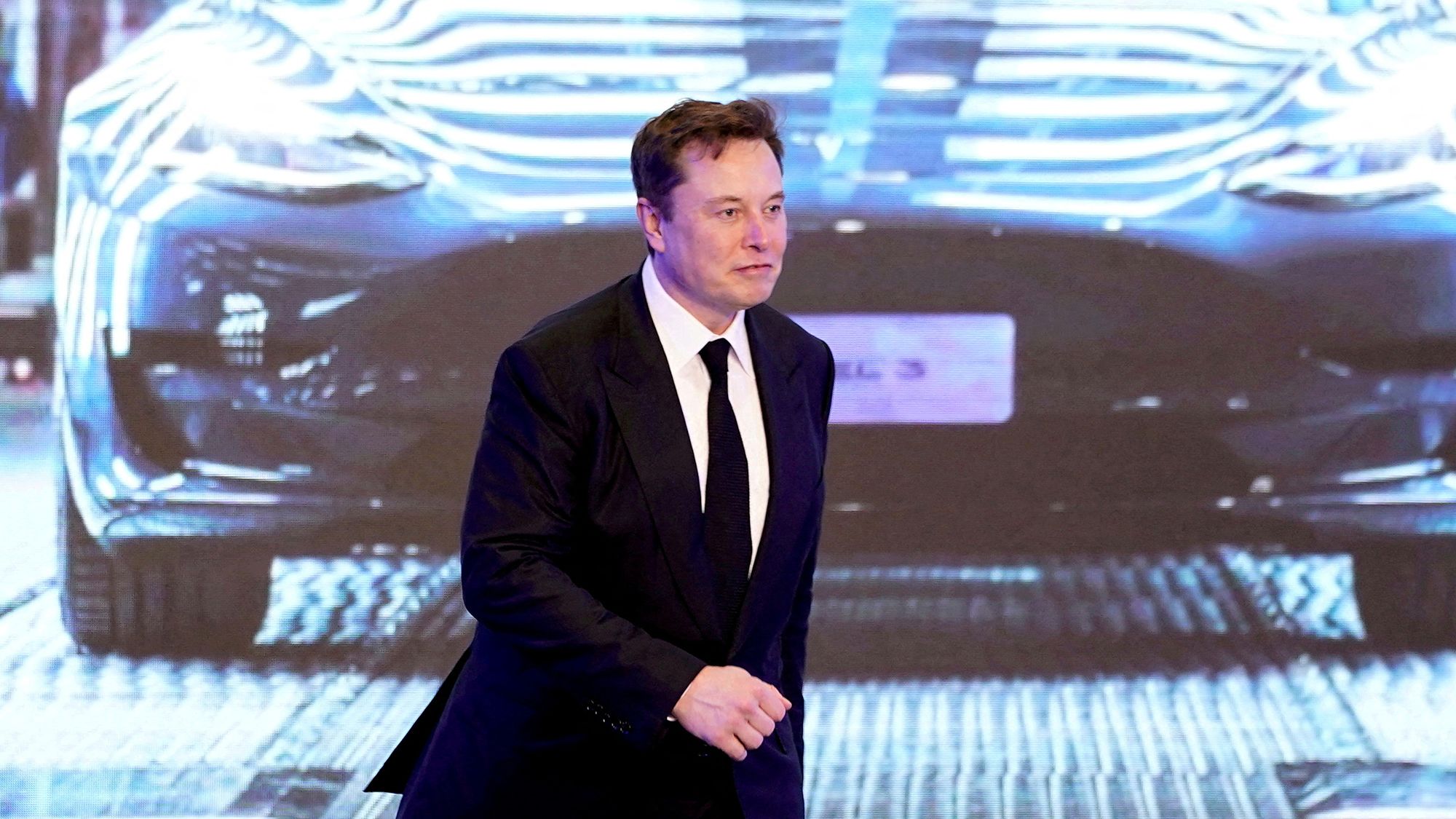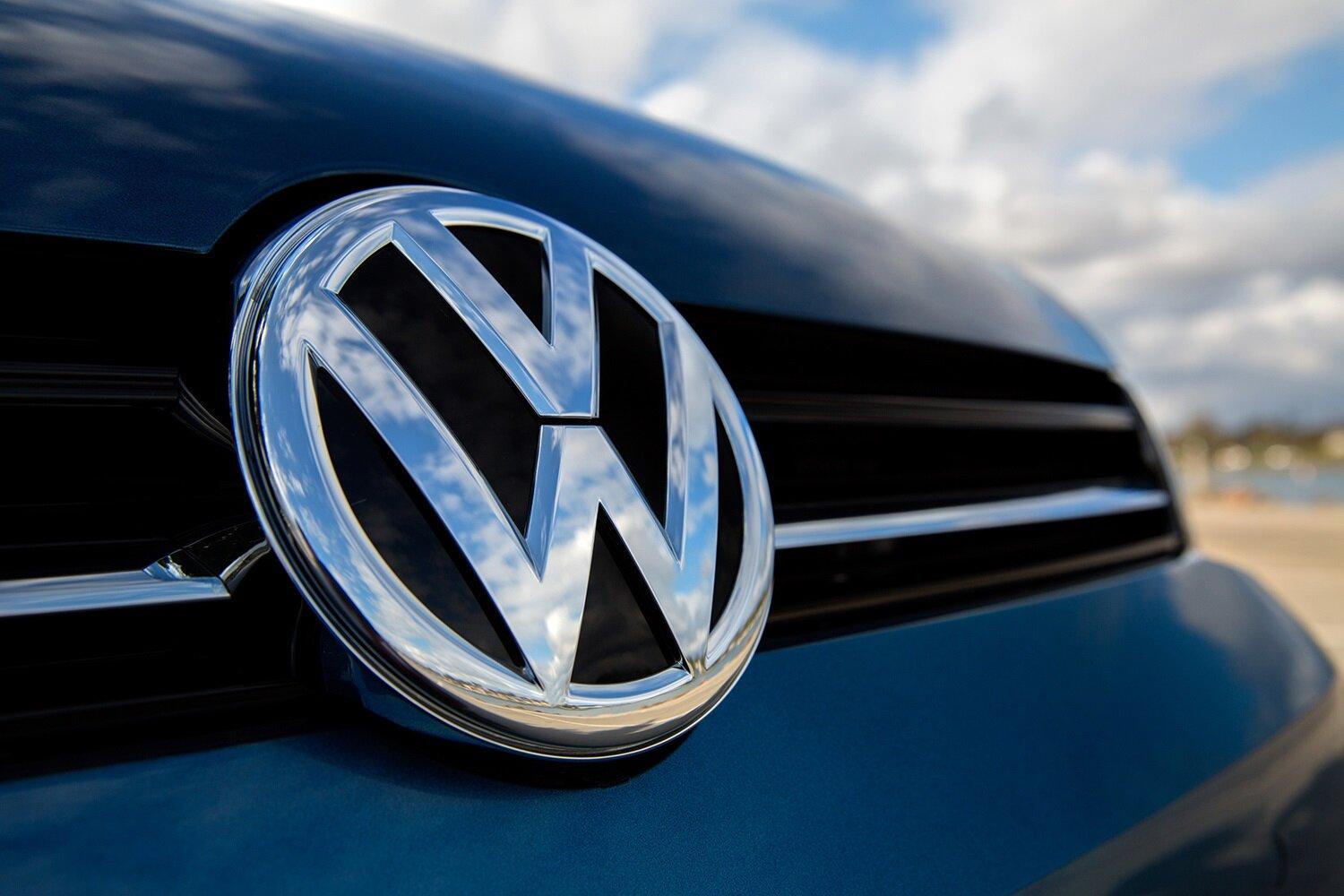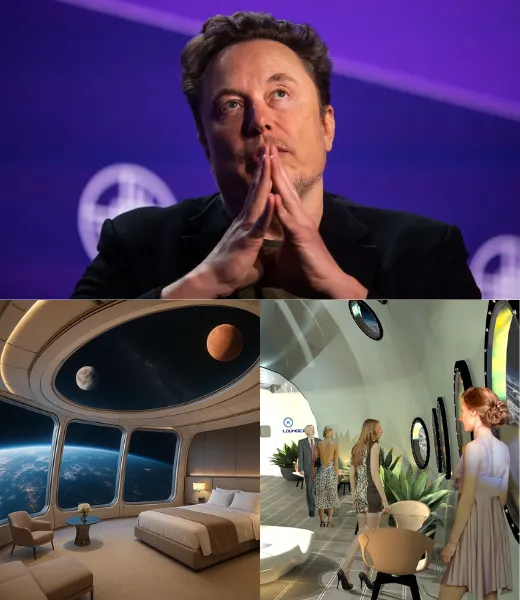The European electric vehicle (EV) market is undergoing a dramatic transformation, and the once-dominant Tesla is no longer the undisputed champion. The early months of 2025 paint a sobering picture for the American automaker, while its European rivals—most notably Volkswagen—are riding a wave of momentum and growing consumer favor.
According to preliminary data from Dataforce, Tesla’s sales in Europe nosedived during the first two months of 2025. The brand managed to sell only 25,852 vehicles during this period, a staggering 45% drop from the same time last year when it sold 46,584 units.
This slump stands in stark contrast to the broader EV market in Europe, which actually surged by 31% during the same timeframe. As the industry grows, Tesla shrinks.
Even the best-selling Tesla model couldn’t escape the plunge. The Model Y maintained its position as Europe’s top-selling EV, but just barely, with only 14,773 units sold—down an alarming 53% year-over-year. The Model 3 fared slightly better percentage-wise, sliding by 26% to 10,785 units, but it still fell behind in the rankings, now sitting at number six.

Perhaps most telling is the fate of Tesla’s luxury offerings, the Model S and Model X. Once symbols of premium EV innovation, they’ve all but vanished from the European market.
In the first two months of 2025, only 272 units of these two models were sold. This near-disappearance highlights two key issues: these models are no longer aligned with European market demands, and the import policies disfavor vehicles built in the U.S., particularly when competing with European-made alternatives.
While Tesla stumbles, another story is unfolding: Volkswagen’s electric fleet is taking off.
Volkswagen’s EV sales exploded in early 2025, with a jaw-dropping 182% increase in February alone. Leading the charge is the Volkswagen ID.4, which secured the number two spot among Europe’s best-selling EVs with 13,312 units sold. That represents a 172% jump compared to the same period in 2024.
Hot on its heels is the ID.7, which posted 11,303 units sold, rising to third place and surpassing Tesla’s Model 3. Even the smaller ID.3 enjoyed a dramatic resurgence, growing 141% year-over-year to reach 10,837 units, putting it in the top five.

The market is clearly shifting, and fast. It’s not just Volkswagen benefiting from Tesla’s decline. French automakers are also making strong headway: Renault’s 5 E-Tech sits at number eight with 9,812 units sold, while Citroën’s e-C3 rounds out the top ten with 8,142 units.
Other names such as Kia’s EV3, Skoda’s Enyaq iV, and BMW’s iX1 are also registering impressive sales, indicating a more diversified and competitive EV landscape.
So, what’s behind Tesla’s European downfall?
Experts point to several interlocking causes, starting with product stagnation. Despite a refreshed version of the Model Y, Tesla hasn’t introduced any significant new models, leaving its lineup feeling stale in a market that craves novelty and relevance.
In contrast, Volkswagen and others are rolling out new models tailored to European tastes, such as the ID.7 and the Renault 5 E-Tech—vehicles designed with local drivers in mind.
Pricing strategy is another pain point. Tesla relied heavily on aggressive price cuts throughout 2023 and 2024 to retain competitiveness. But as the new year arrived, that strategy began to show cracks.

Production costs rose, and with thinner profit margins, Tesla could no longer slash prices without hurting its bottom line. The promotional power of discounts wore off, and sales faltered.
Volkswagen, on the other hand, holds a crucial structural advantage: local manufacturing. By producing EVs within Europe, Volkswagen benefits from lower logistics costs, fewer trade hurdles, and better supply chain control. This allows the company to offer competitive pricing while maintaining healthy profits. Moreover, European consumers increasingly view homegrown brands as more trustworthy, particularly in terms of quality, sustainability, and adherence to environmental standards.
But the challenges facing Tesla aren’t merely operational—they’re also psychological and reputational.
Elon Musk, Tesla’s high-profile CEO, has become a polarizing figure in Europe. His controversial statements, political leanings, and open alignment with figures like Donald Trump have not endeared him to the European public, where political and cultural values differ sharply.
For many consumers, purchasing a Tesla has become a political act, and not necessarily one they want to make. Brand perception, once Tesla’s ace in the hole, is now working against it.

This shift in consumer sentiment is further compounded by an increasingly savvy buyer base. European EV shoppers now have more choices than ever, and many are opting for brands that feel more attuned to their values, needs, and expectations.
The playing field is no longer tilted in Tesla’s favor—it’s become level, or perhaps even tilted the other way.
As Tesla contemplates its next moves, the urgency is clear. The company must reassess its European strategy or risk ceding even more ground. New models, smarter pricing, localized production, and a more culturally attuned leadership voice may all be necessary to stop the bleeding. But whether Tesla can or will make these adjustments remains uncertain.
In the meantime, Volkswagen and its European peers are capitalizing on Tesla’s faltering performance. They’re not just selling more cars—they’re winning hearts, minds, and market share.
For now, the tables have turned. One company weeps, another smiles. And in the fast-evolving EV race, it seems the home team has the edge.


-1744880816-q80.webp)
-1747881081-q80.webp)
-1747975497-q80.webp)